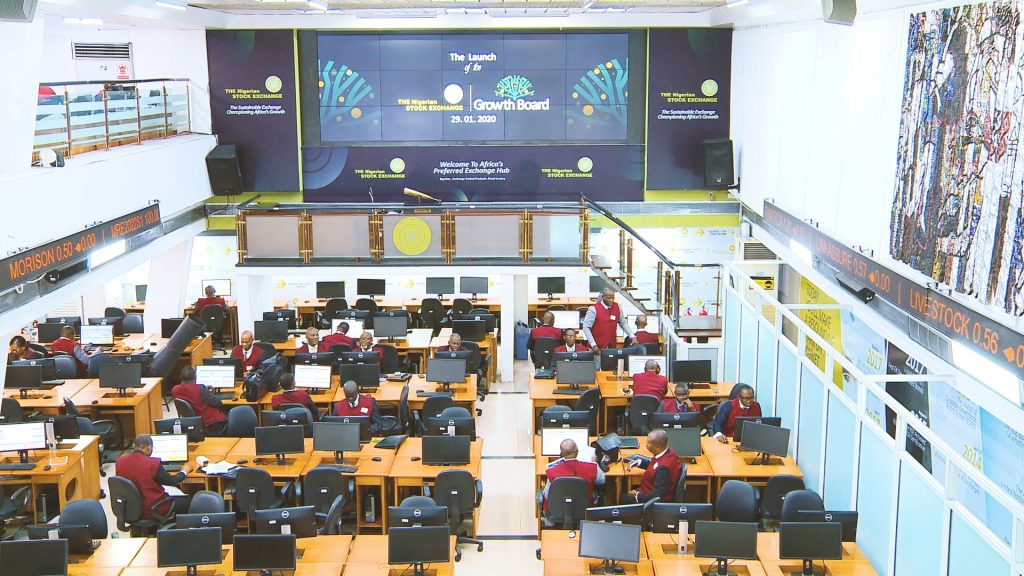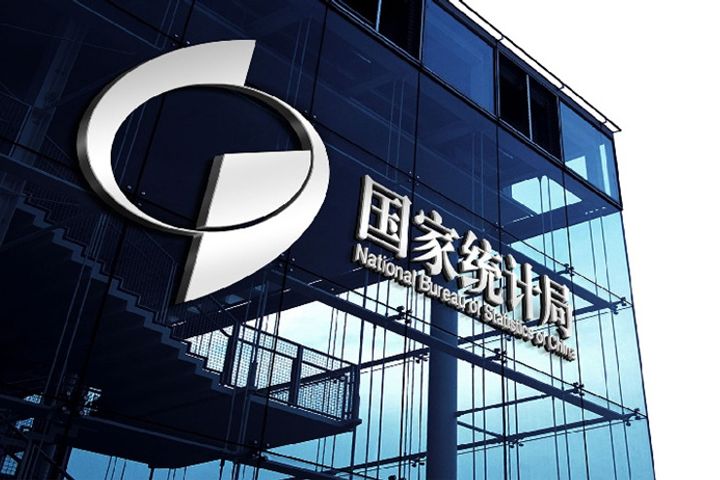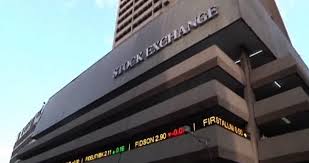Sentiments turned bearish as profit-taking activities dominated market performance throughout the week. Save for the mid-week session, the market posted marginal losses on the other trading days. Accordingly, the All-Share Index declined by 0.4% w/w to close at 41,001.99 points.

Sentiments turned bearish as profit-taking activities dominated market performance throughout the week. Save for the mid-week session, the market posted marginal losses on the other trading days. Accordingly, the All-Share Index declined by 0.4% w/w to close at 41,001.99 points.
A total of N25.989 billion was exchanged by Investors on 4.288 billion shares in 32,849 transactions last week on the trading Floor of the Nigeria Stock Exchange.
In terms of volume, the performance showed an improvement but a decline in value terms when compared to the N32.725 billion invested in 3.447 billion shares the previous week.
However, the Nigerian Stock Exchange (NSE) All-Share Index (ASI) fell 0.42 per cent to close at 41,001.99 as a result of profit-taking in bellwethers.
Similarly, market capitalization went down by 0.38 per cent to close at N21.449 trillion
The market declined in four of the five trading sessions. Although the downturn in the market was seen across board, the decline in banking stocks such as FBN Holding Plc, United Bank for Africa Plc and Access Bank Plc combined with profit-booking on Dangote Cement Plc to depress the NSE ASI by 0.42 per cent. Consequently, the year-to-date moderated to 1.8 per cent.
The Federation Accounts Allocation Committee (FAAC) shared NGN619.34 billion amongst the three tiers of government in December 2020 (November: NGN601.11 billion). Of the total amount, the FGN got 35.2% or NGN218.30 billion (November: NGN215.60 billion), State Governments received NGN178.28 billion (November: 171.17 billion) while the Local Governments received NGN131.79 billion (November: NGN126.79 billion).
Analysts at Cordros Capital say the amount shared among the three tiers of government has consistently been below NGN700.00 billion since March (NGN780.93 billion). We believe this reflects that the gains from devaluation on oil receipts have been limited given the compliance with the oil production cuts. Despite the rally in oil prices, we expect allocation to remain below pre-pandemic levels in the short term, due to lower crude oil production levels.
The Monetary Policy Committee (MPC) is expected to hold its first meetings of the year on the 25th and 26th of January 2021. We expect the Committee to assess the developments in the domestic and external macroeconomic and financial markets since its last meeting in November and provide guidance on the path of monetary policy in 2021.
Although rising inflationary pressures alongside fragilities in the balance of payments present a strong case for monetary tightening, we believe it is rather too early for such a stance given the need to support economic recovery. More importantly, it would contradict previous heterodox policies targeted towards improving the flow of credit to the real sector of the economy and prolong the recovery phase.
Monetary policy tightening will also create severe financial market turbulence and amplify deficit financing pressures for the government. On a balance of factors, we believe the Committee will keep policy rates unchanged and affirm the use of unorthodox measures such as CRR debits, Loan-to-Deposit Ratio (LDR), and direct intervention in employment-stimulating sectors to influence macroeconomic outcomes and ultimately attain macroeconomic stability.
Meanwhile, China’s National Bureau of Statistics (NBS), says its economy grew by 6.5% y/y in Q4-20, higher than the consensus estimate of 6.1% y/y, signalling that the economy is poised for a V-shaped recovery. Overall, 2020FY growth stood at 2.3% (2019FY: 6.1%) – the lowest in more than four decades. We highlight that the positive GDP performance was largely aided by (1) the relatively successful containment of COVID-19 pandemic, (2) robust fiscal and monetary policy stimulus, and (3) strong external demand for medical and work-from-home devices.

Fixed asset investment increased 2.9%, industrial production grew 2.8% but retail sales shrank 3.9%. China’s GDP is expected to accelerate this year, continuing to outpace global peers, given the low base from 2020 and the expectation that vaccines could slow down the spread of COVID and therefore provide some chance of faster recovery in external demand, helping manufacturing and exports.
The temporary easing of COVID-19 travel restrictions and gradual recovery in global economic activities underpinned the uptick in UK’s inflation rate for December. According to the Office for National Statistics (ONS), inflation rate rose by 0.6% y/y (November: 0.3% y/y) in December, with the biggest contribution coming from transport prices (1.9% y/y vs. November: 1.0% y/y), recreation & culture (2.6% y/y vs. November: 1.9% y/y), and prices of alcohol & tobacco (3.6% y/y vs. November: 2.0% y/y).
On a month-on-month basis, inflation rate increased by 0.3% (November: -0.1% m/m). Over the medium term, Experts say expect a sustained rise in the inflation rate due to (1) expiration of the temporary VAT cut in March 2021, (2) higher energy prices, and (3) lingering impact of Brexit on supply chains.

















